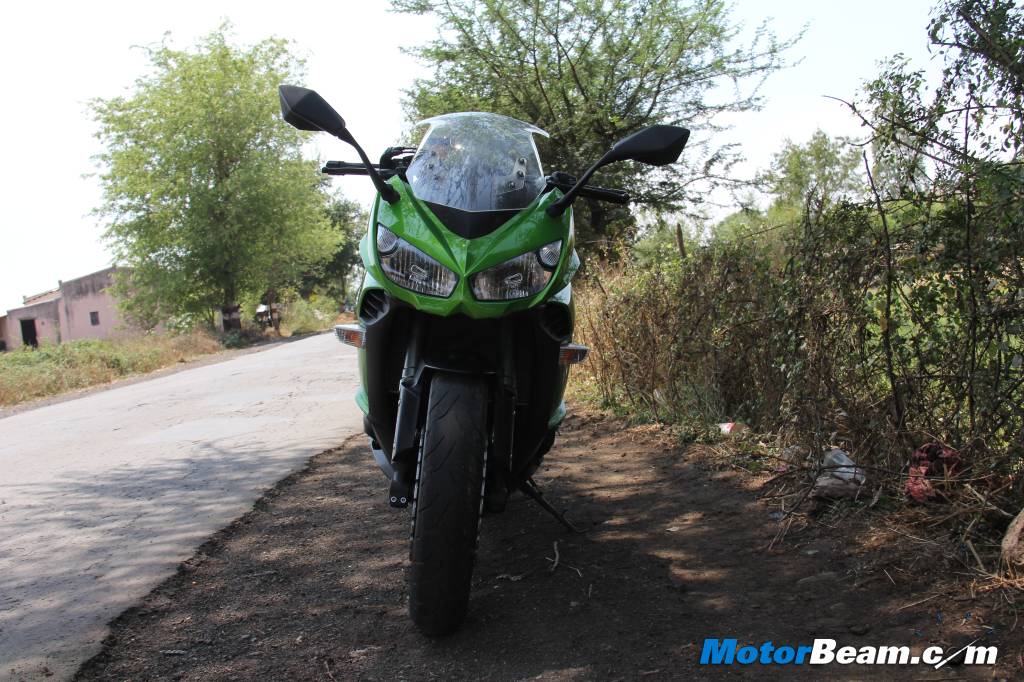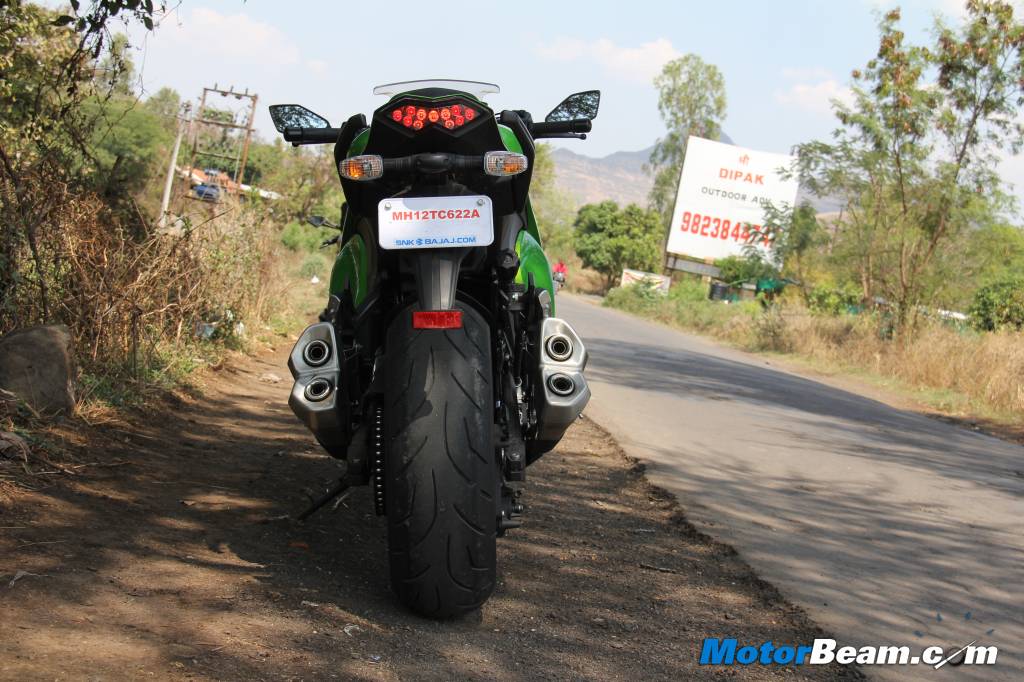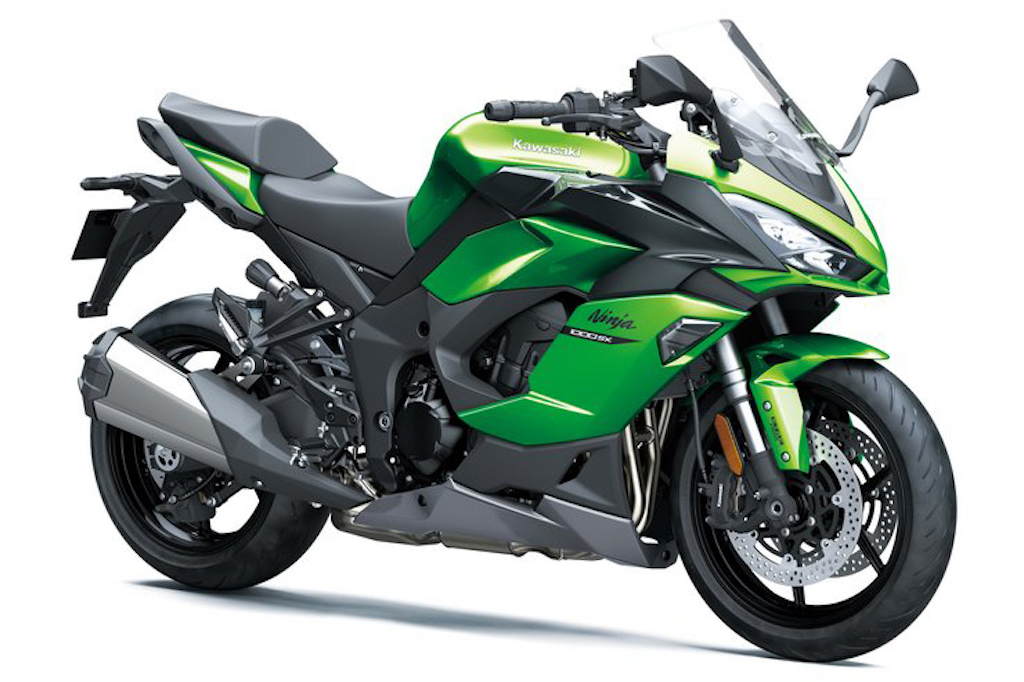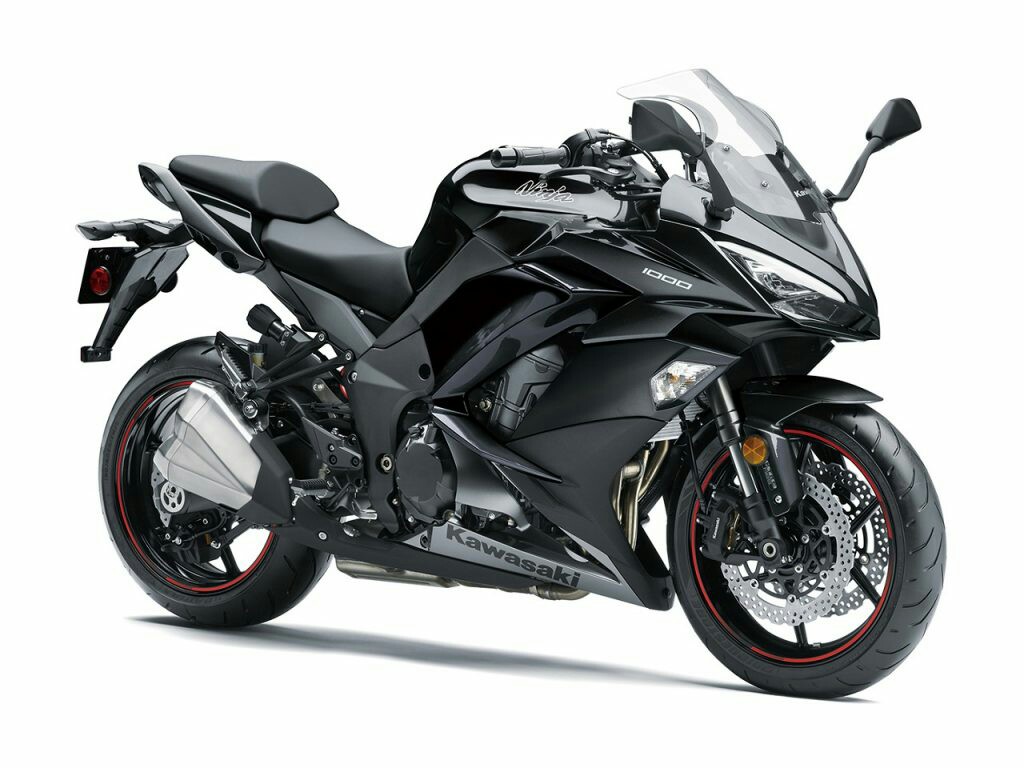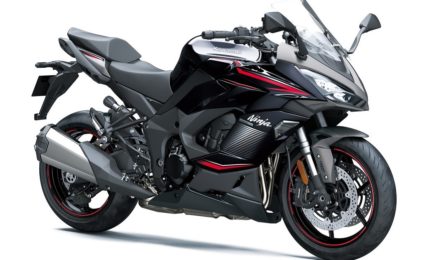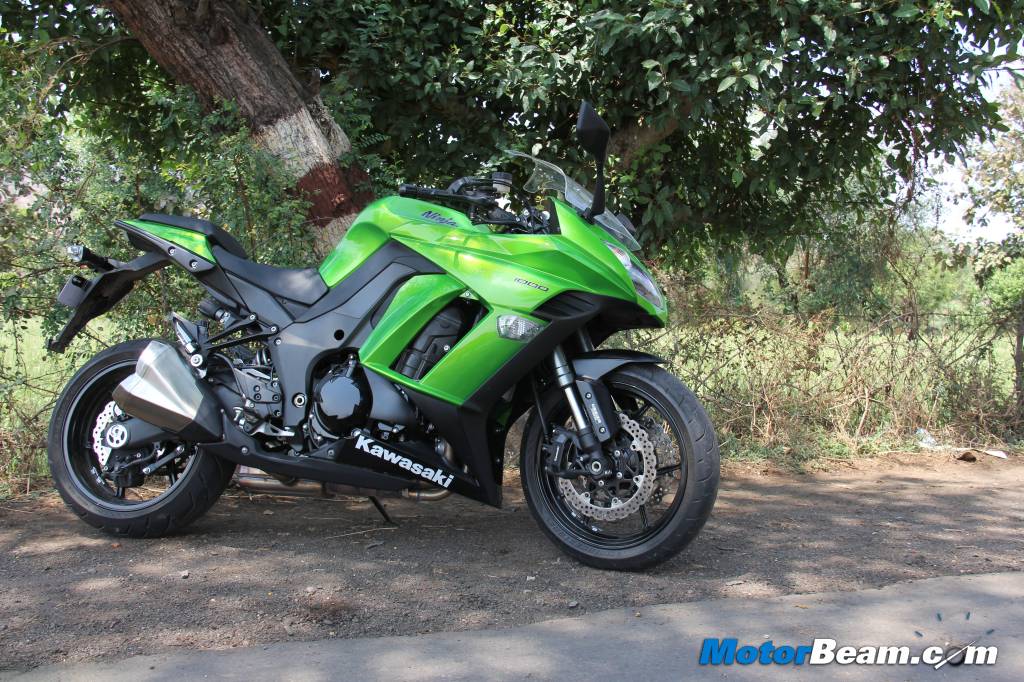
2014 Kawasaki Ninja 1000 Review
Bike Tested: 2014 Kawasaki Ninja 1000
Price OTR Mumbai: Rs. 14,24,500/-
The Kawasaki Ninja 1000 brings practicality to the litre-class segment of superbikes.
Munching miles has become a lifestyle for motorcyclists, after all who doesn’t like touring? In such scenarios, a powerful bike with ample performance could just be the right tool to get to places in quick time. However, most high performance bikes are a handful when it comes to long distance riding. Meaty power output with a top-end that can scare you silly along with an aggressive riding position isn’t the right stuff for crossing cities on 2-wheels. Instead, you need something with more manageable power, comfort and the provision for holding your baggage. With the Kawasaki Ninja 1000, the Japanese automaker has done just that, offered tourers an opportunity to whiz past one end of the country to another but does this Kwacker impress on all fronts?
Motor Quest: The Kawasaki Ninja 1000 was first launched in 2011 and has no connection to the Ninja 1000R produced by the company in the 1980s. Kawasaki calls the Ninja 1000 a sport bike for the real world, positioning it as a sport touring motorcycle.
Styling – The Ninja 1000 isn’t as striking to look at, like other Kawasaki bikes. This motorcycle won’t make people’s eyes pop out in glee and that’s a bit disappointing as you do end up paying quite a lot for a machine which just doesn’t stand out on the road. The reminiscence of the design to the Ninja 650 could be blamed although the Ninja 1000 has its own styling elements to make it look different than its younger sibling. While the front of the Ninja 1000 won’t make people give it a second glance, the side and rear have some interesting bits worth a stare.
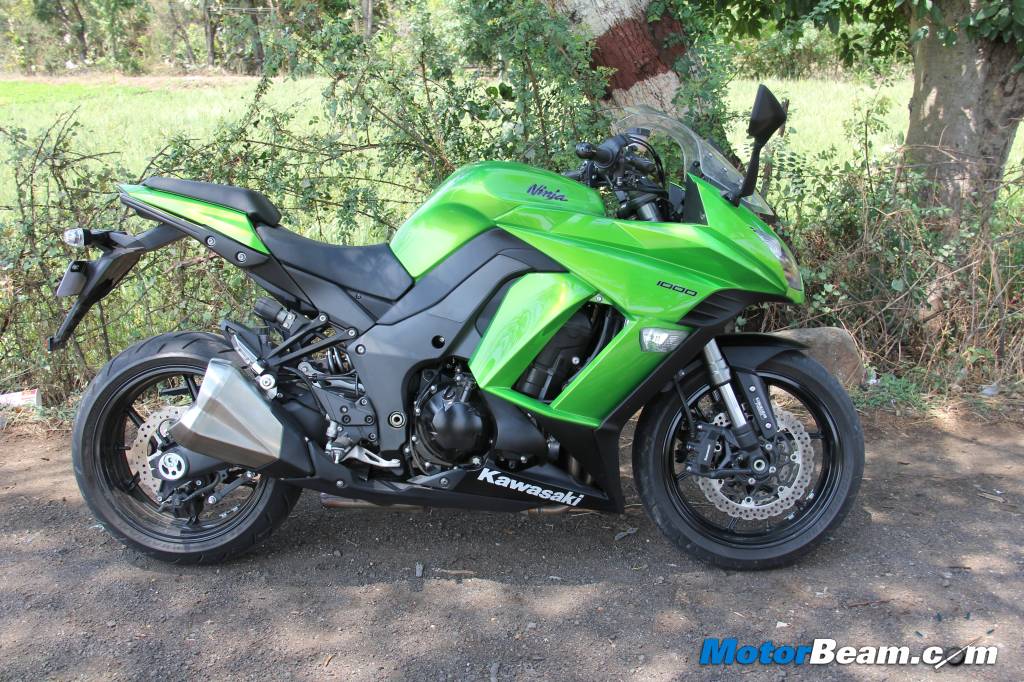
The front has dual headlights with a large windscreen (which can be manually adjusted but doesn’t work that well at high speeds) and nicely integrated air intakes, right above the side indicators. The side reveals the height of the bike and some bit of muscle in the styling can be noticed from this angle. The fairing neatly gels with the body panels and some of them are finished in black to give a soothing appearance to this litre-class tourer. The rear is the most interesting part of this superbike, you are bound to glance at the wide tyre, LED tail light and quad exhaust (two on each side, running a 4×2 system). The rear indicators are from yesteryears and looks out of place on this bike. Overall, the Ninja 1000 has a neutral appearance, it won’t offend anyone but neither will it make you skip a beat.
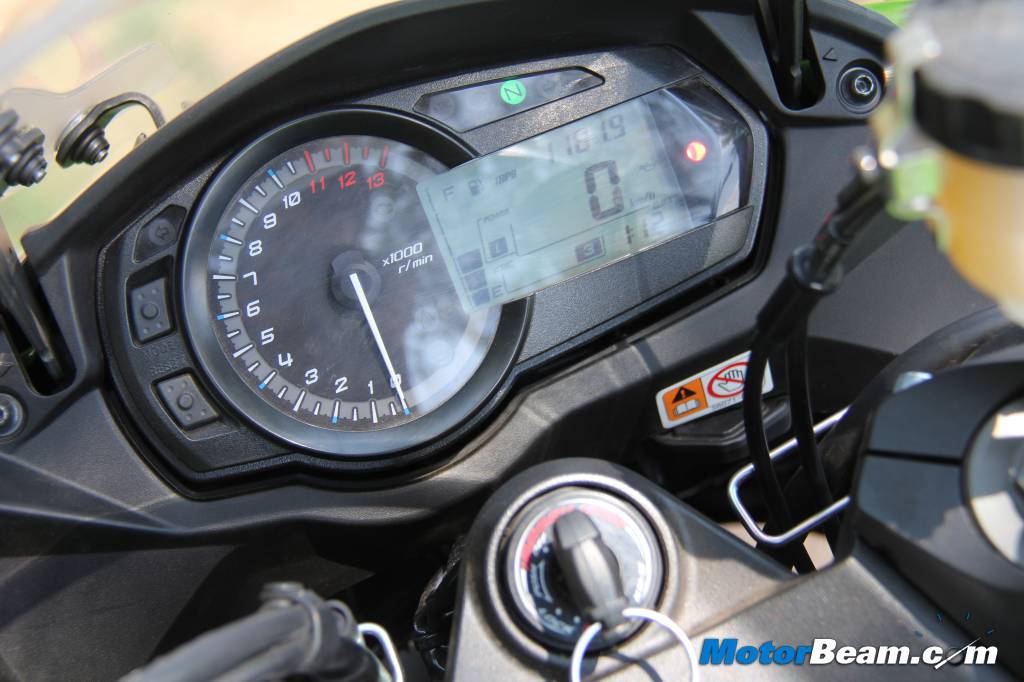
Instrument Cluster and Switch Gear – The Kawasaki Ninja 1000 has a digital-analogue instrument cluster. The large tachometer is an analogue unit which is easy to read on the go but the digital LCD screen accompanying it is quite small, more so for easy read-outs at speed. The cluster is fully loaded with a clock, range, trip meter functions but ironically there is no gear shift indicator. Tell tale lights like ABS, low fuel warning, neutral and indicators are placed around the display. The buttons to operate the tripmeters are extremely hard although you can still change them using the switchgear, which like in any other Kawasaki is of very good quality. Hazard light is offered which is a boon when touring and the Ninja 1000’s console also displays the power mode and traction mode at all times.
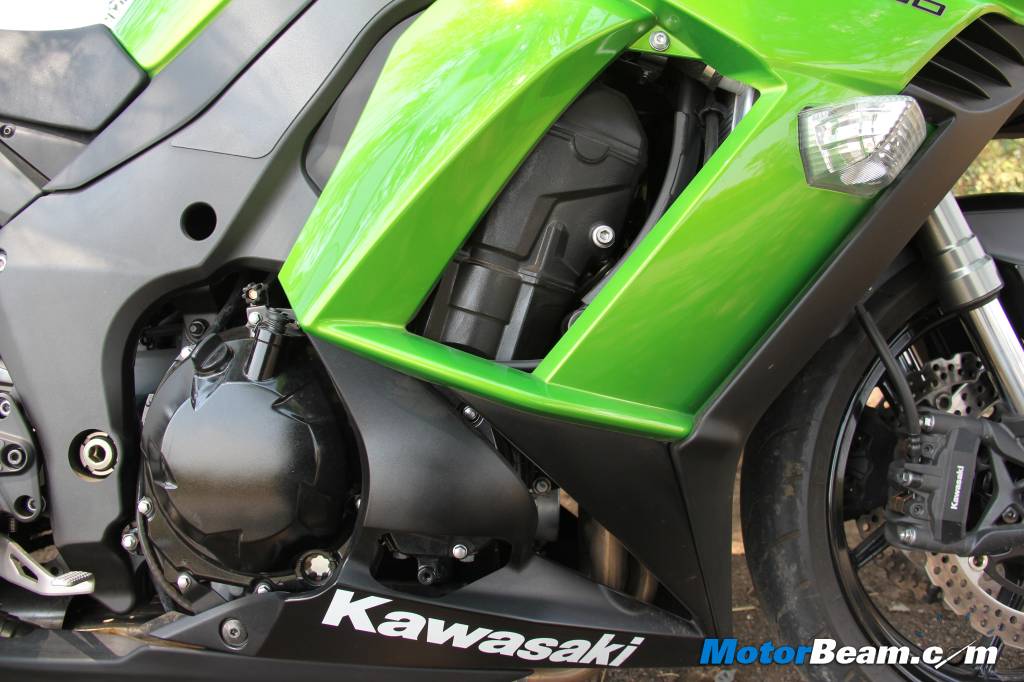
Performance and Gearbox – Powering the Ninja 1000 is a 1043cc, in-line four engine which is shared with the Z1000. This Kawasaki outputs a respectable 142 PS of peak power and 111 Nm of peak torque but don’t be fooled by the numbers. The Ninja 1000 is a very tame machine and power delivery is on the smoother side rather than being all-out ballistic which is what we seen in most litre class offerings. However this motor isn’t as refined as other Kawasaki mills and off the line, you will notice the bike lacking low-end grunt making city riding not such a cake walk. The Ninja 1000 also heats up quite a lot in city conditions but the heat doesn’t strike you directly as it’s routed out very well. There are two power modes, High and Low, the latter restricting power to 70%.
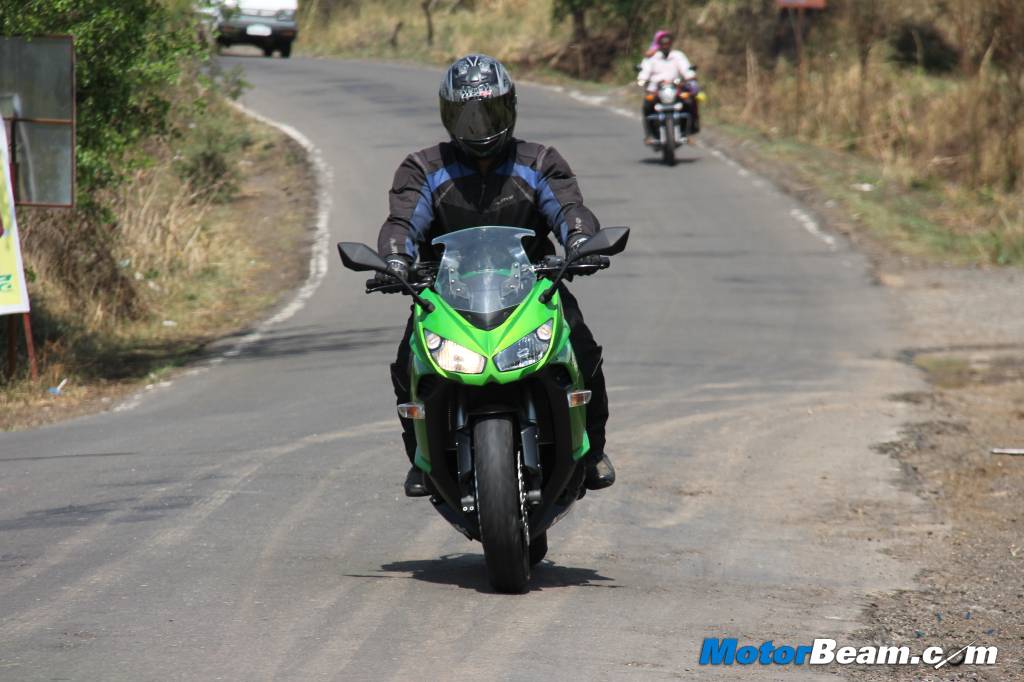
The Ninja 1000 is positioned as a tourer and in that sense the engine characteristics are in perfect sync. The mid-range performance is stupendous and the urgency with which the litre-class Ninja gathers speed is truly remarkable. Nudging past 200 km/hr doesn’t require any effort as the bike simply accelerates with immense thrust between 4500 to 7500 RPM. However what is disappointing is the top-end, it is very un-Kawasaki like and the powerplant feels out of place at its 11,000 RPM redline, buzzing in disagreement. The buzzy feeling is amplified if you grip the tank with your knees and rev past 8000 RPM. First gear is good enough for 113 km/hr and the gearbox offers smooth shifts with a well weighed clutch to boot. The Ninja 1000 returns a mileage of 16-18 km/l which coupled with a 19-litre tank gives it a decent touring range.
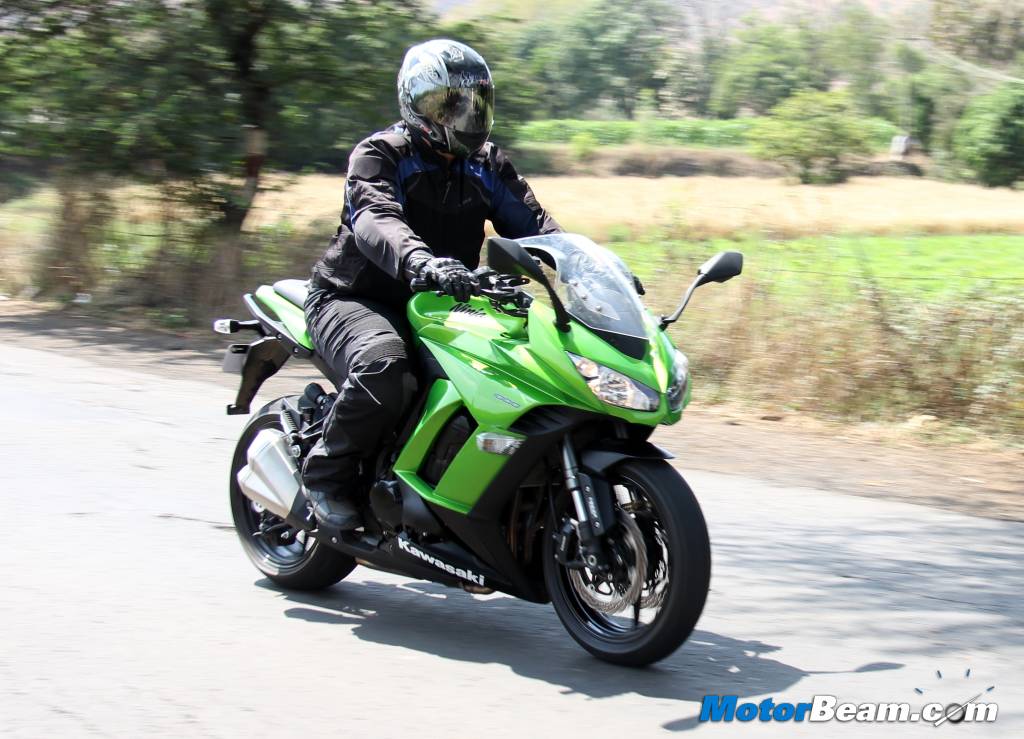
Riding Dynamics – The Ninja 1000 isn’t the bike for everyone as was immediate apparently as we swung a leg over this machine. The seat height is quite high, which means riders below 6 feet in height will find it difficult to touch their feet to the ground. Once on the move, the Ninja 1000 does give you a feel of being a bigger Ninja 650, the riding position is upright with the use of raised clip-on handlebars. The seat cushioning has the right level of firmness and doesn’t tire you even after long hours on the saddle. The rear view mirrors are placed quite ahead and although difficult to adjust on the move, offer a terrific view of what’s behind. The suspension is naturally set-up on the stiffer side and one can adjust the rear suspension without the need for a tool (it has remote spring preload adjustability). Ride quality is excellent at low speeds, however over irregular tarmac at high-speed it does shake the rider off the seat. Like any other superbike, u-turn radius is large so manoeuvrability in the city is quite hampered.
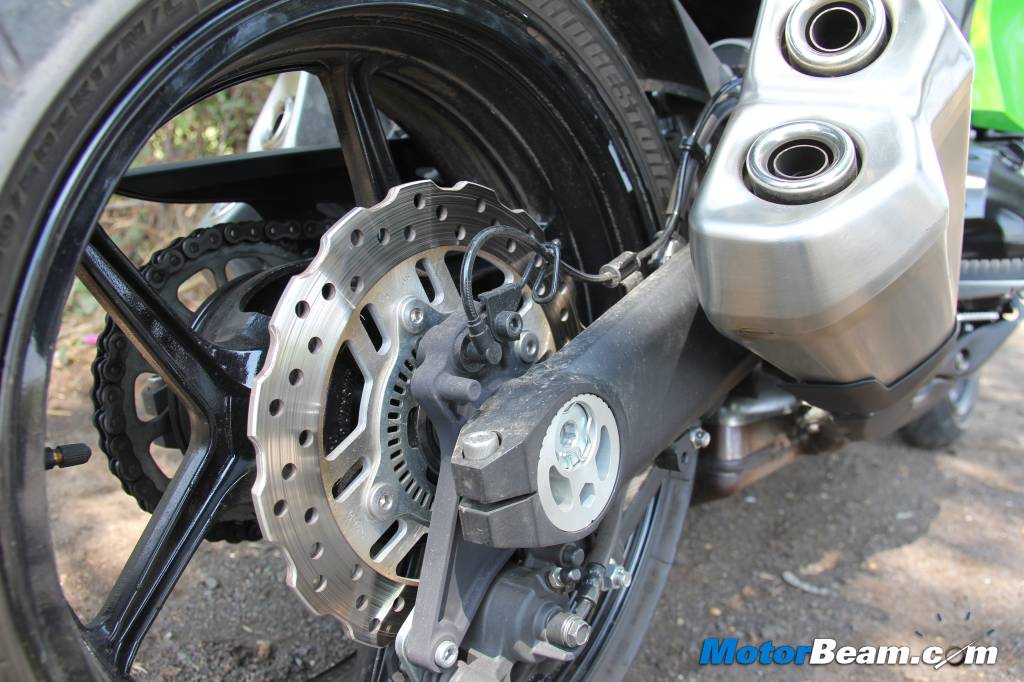
The Ninja 1000 uses clip-on handlebars which coupled with a slightly heavy front-end doesn’t make the handling very sharp. In fact, the Ninja 1000 isn’t a bike you would love to throw around sharp corners even though the tyres have massive grip and the composure from the chassis is good. Slow turn-in, massive kerb weight and slightly long wheelbase are the culprits here. The Ninja 1000 remains stable at high speeds with no hint of uneasiness in a straight line due to the heavy kerb weight. The motorcycle runs wide when sweepers are taken at high speeds. This is partly because of the suspension which does not seem 100% capable of handling the weight. The Ninja 1000 gets Kawasaki’s three-step traction control system (KTRC) which can be turned off if you are feeling brave. Braking performance is excellent with a reassuring bite helping you shed speed quickly although the ABS kicks in a little too early for our liking.
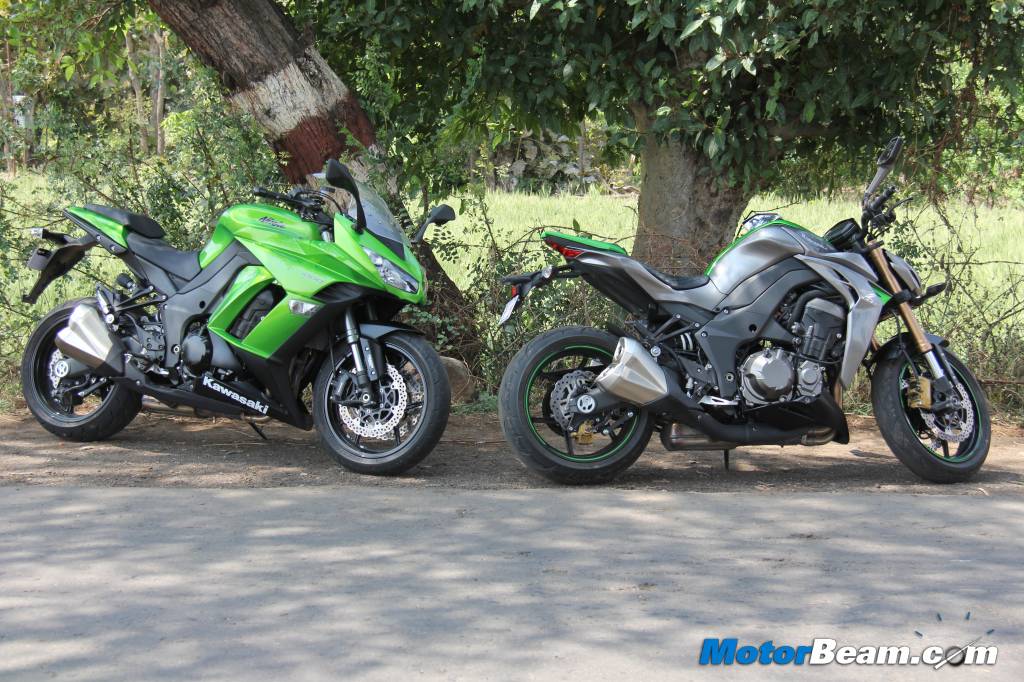
Verdict – The Kawasaki Ninja 1000 is a practical superbike but it’s not as exciting as we would have liked. While Kawasaki has positioned it as a tourer the world over, the Japanese company doesn’t offer the Ninja 1000 Tourer variant in India (which comes with a Pannier system which easily attaches to the rear grab rails that are designed for this very purpose). That particular variant would have made the positioning of the Ninja 1000 amply clear in the Indian market, where very few people buy a superbike to munch miles as the general perception is that cruisers are meant for such a job. As a bike too, the Ninja 1000 has its set of flaws and isn’t near as fun to ride as its naked counterpart, the Z1000. If you must have a sports tourer, than the Kawasaki Ninja 1000 is without doubt a better deal than the overpriced Honda VFR1200F, its closest rival the world over.
The Ninja 1000 doesn’t pull your emotional strings the same way as other Kawasaki bikes do. It does end up feeling a bit lacking in several departments but its practical nature is undeniably its forte.
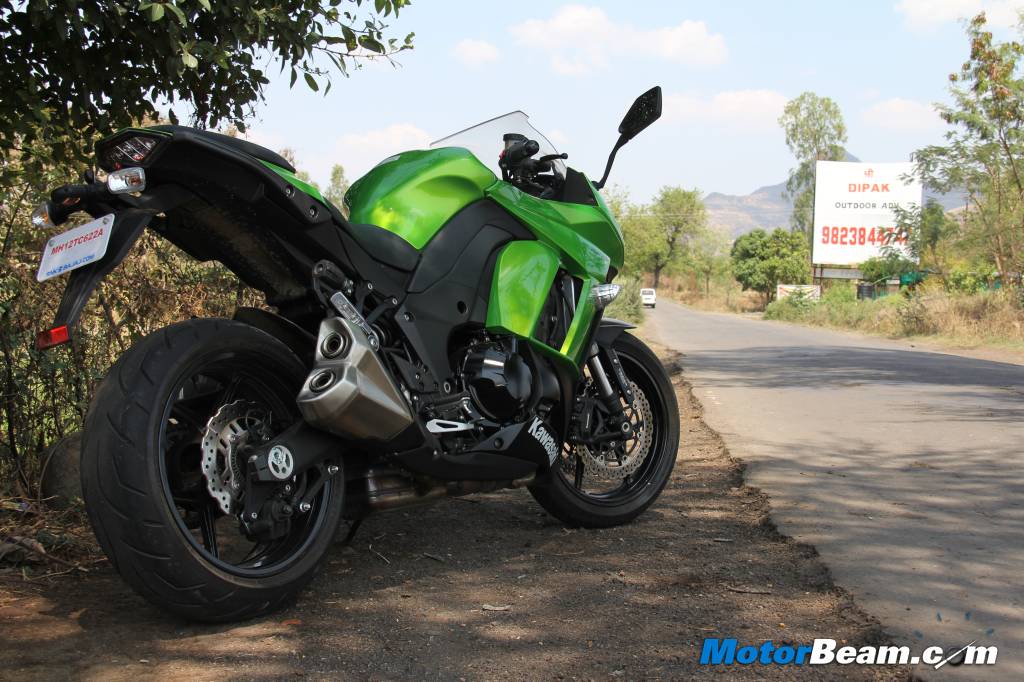
What’s Cool
* Comfortable seating position for tall riders
* Torquey mid-range thrust
* High speed stability and ride quality
What’s Not So Cool
* Weight hampers dynamics
* Top-end is lacking with a lot of buzzing
* Engine isn’t as refined as a Kawasaki motor should be
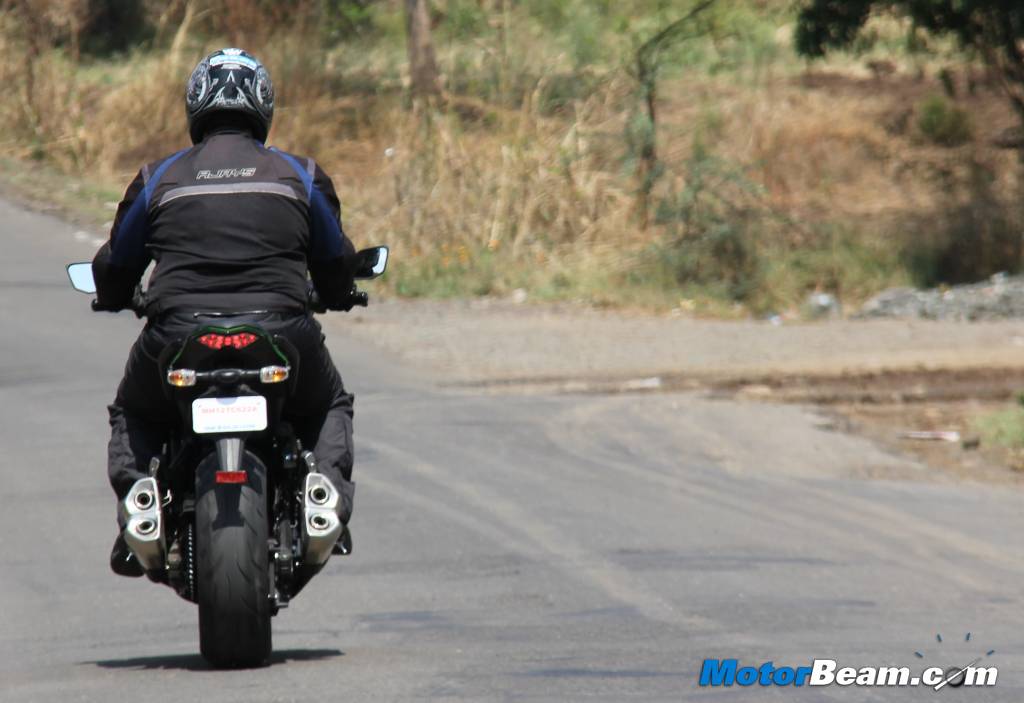
2014 Kawasaki Ninja 1000 Specifications
* Engine: 1043cc, in-line four, DOHC, 16-valve, liquid-cooled
* Power: 142 PS @ 10,000 RPM
* Torque: 111 Nm @ 7300 RPM
* Transmission: 6-speed
* 0 – 100 km/hr: 3.3 seconds
* Top Speed: 250 km/hr (Limited)
* Fuel Consumption: 16-20 km/l
* Fuel Type: Petrol
* Frame: Aluminium twin-tube
* Suspension: 41 mm inverted forks (Front), Horizontal back-link, gas-charged monoshock (Rear)
* Tyres: 120/70/17 (Front), 190/50/17 (Rear)
* Brakes: Dual semi-floating 300 mm petal discs (Front), 250 mm single-piston petal disc (Rear), ABS
2014 Kawasaki Ninja 1000 Dimensions
* Length x Width x Height: 2105 mm x 790 mm x 1230 mm
* Wheelbase: 1445 mm
* Ground Clearance: 135 mm
* Seat Height: 820 mm
* Fuel Tank Capacity: 19-litres
* Kerb weight: 231 kgs


